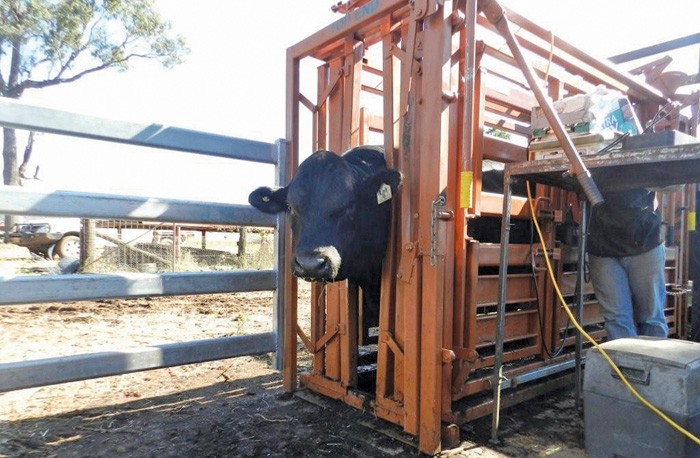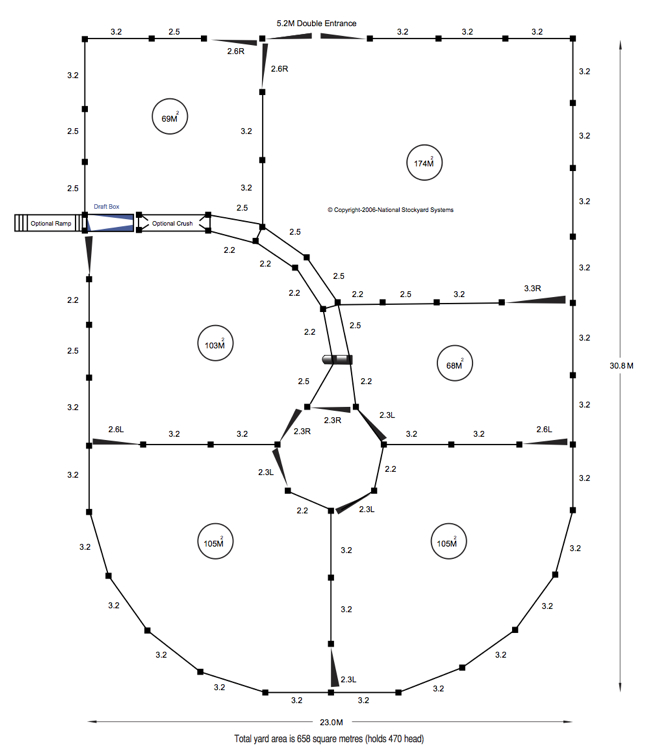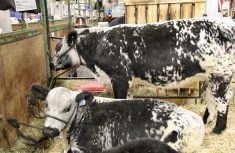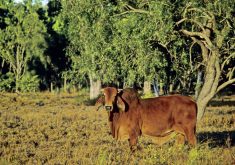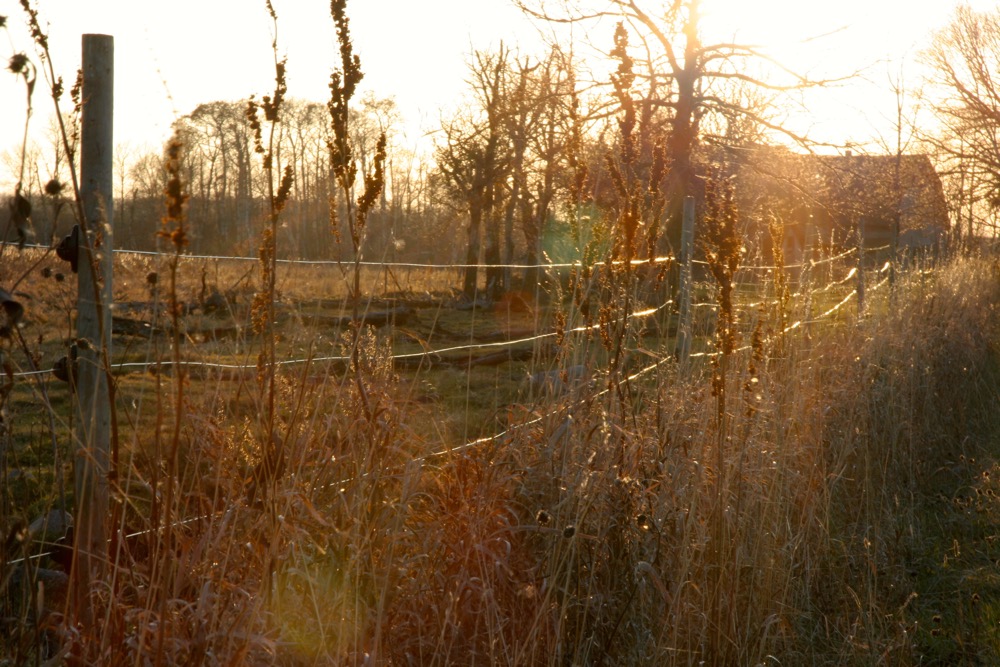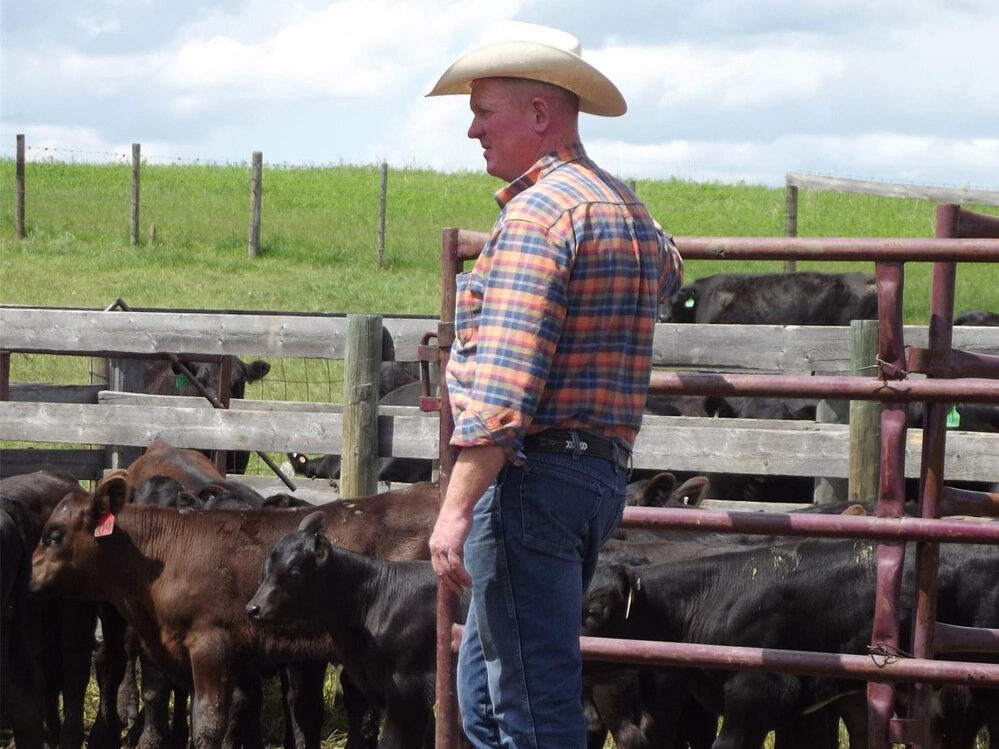In July 2014, my fiancé Colin and I had the opportunity to work on Manali Limousin and Lim-Flex stud near Scone, New South Wales, Australia. Over the course of the month we fed cattle, built fence and welded gates, and spent numerous full days clipping and washing 56 two-year-old bulls that would be sold in their second annual on-farm sale.
Images of mustering wild Brahman cattle by helicopter over vast drought-stricken red soil seem to be the common image people have when I tell them we worked on a cattle ranch in Australia. This was, however, not quite the case in the area we worked in. The cattle were excellent breeding stock, not dissimilar to our Canadian cattle. We rounded them up with quads, which are known as bikes in Australia, and a few good working dogs of kelpie, heeler, or border collie breeding.
Read Also

Body condition, nutrition and vaccination for brood cows
One of the remarkable events of the past century related to ranching has been the genetic evolution of brood cows….
The country is suffering a severe drought in areas, but the centre pivot kept the field the sale bulls were in reasonably lush. Manali would be considered a very intensive cattle operation by Australian standards. Heifers were kept nearby and checked daily during calving, which was just beginning while we were there. Bulls were fed grain each morning and clipped, pictured, videoed and washed for the sale. These practices were familiar to us Canadian cattle producers, and we readily leaned on our expertise in these areas.
The remainder of their production practices were quite dissimilar, primarily due to the differences in climate. While we fret about water systems freezing in the winter in Canada, our Australian counterparts don’t fear freezing but rather their natural water sources such as creeks drying up altogether. Regardless of the differences in production there is one thing that is the same for cattlemen across the globe; cattle need to be rounded up, sorted, and processed through a chute. In Australia it would be mustering, drafting, and processing through the crush. Whatever words you use to describe it the process is the same. The handling systems you have in place can, either make the experience quick with minimal stress on both cattle and handler, or a tedious process that causes stress for both stock and people.
If there is one concept we saw in Australia that we most certainly would like to implement on our own farm, it is the cattle-handling systems.
Manali consists of hundreds of acres of property spread many kilometres apart; therefore they had numerous cattle-handling facilities on their various pieces of land. The facility that we thought the most unique had a polygon-shaped centre with surrounding holding pens (see diagram below). We found it to be relatively simple and seemingly minimal cost to set up yet extremely effective especially when handling livestock on your own with no help.
The numerous pens on the outside of the centre polygon allowed cattle to be drafted (sorted) into numerous groups from the centre pen. The curved shape of the centre pen worked to the handler’s advantage as it is natural instinct for livestock to follow a curve and you could easily move them into the pen of your choice. Cattle could be moved out of an outer pen and into the centre polygon of which one side connected to the run that led to the crush (chute).
The run was also curved, again to work with the animal’s natural instinct to follow a curve. The crush itself worked entirely off levers not hinges like most North American chutes. We found that worked well except you couldn’t leave the head catch partially open and have cattle catch themselves by walking into it. This lever-style head catch also popped open fairly often when the big two-year-old bulls, with their crested necks, started thrashing. It worked much better on smaller-necked cows and heifers.
The best feature of the crush was a small bar called a head bail that you could raise up under the neck of the animal which was very convenient for clipping out heads, necks and briskets without having the animal putting its nose into the ground the entire time. It also worked well at restraining the head when you were giving a needle, treating an eye, or tagging.
The crush we used at Manali was called The Hunter Pacifier with a Headmaster Head Bail, and was manufactured by National Stockyards Systems Pty Ltd. of New South Wales, Australia. Manali had just purchased this new crush for the property where the sale bulls were kept.
When the cattle exited the crush we could send them in three directions. Two metal gates were hinged on either side in front of the crush, creating a draft box where you could swing the gates to send the cattle out to pens on the left or right or close both gates to send them straight forward to the loading ramp.
While we were at Manali representatives from National Stockyards came out one day while we were scanning the bulls with ultrasound for the sale. The representatives from National Stockyards wanted to see Manali’s newly purchased crush in action and get feedback on how they could improve their crushes. After processing 56 two-year-old bulls through the yards and crush multiple times for semen testing, clipping, scanning, and washing, Colin and I certainly agreed that this design was less stressful for both people and livestock.
Overall, we found this cattle-handling system is likely one of the easiest systems to utilize when working with little help. Since returning to Canada last fall, Colin and I have been working on building new infrastructure on our own farm including a barn, corrals and cattle-handling system. We will certainly be drawing on our experiences in Australia as we look into designing a similar pie-shaped handling system on our own farm here in Canada.

